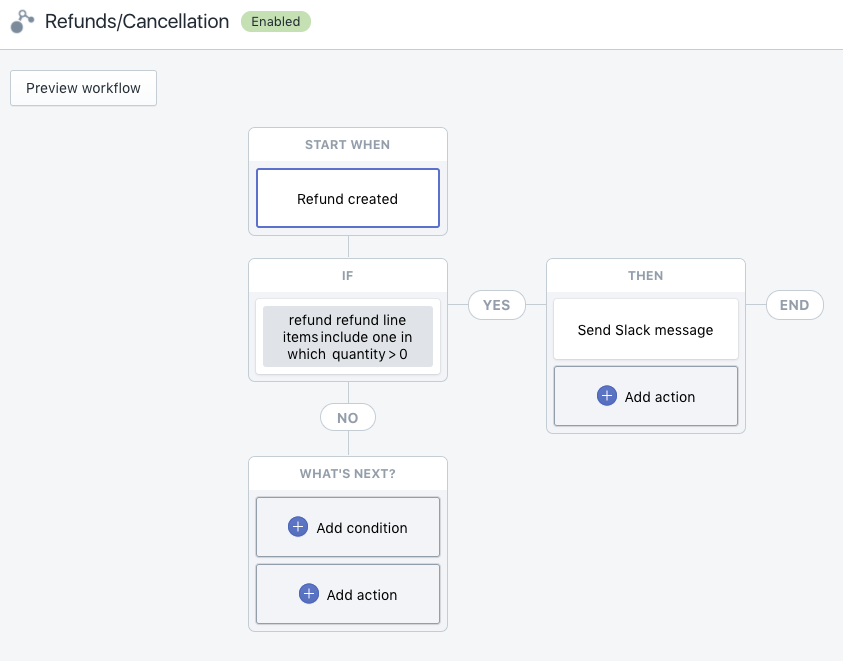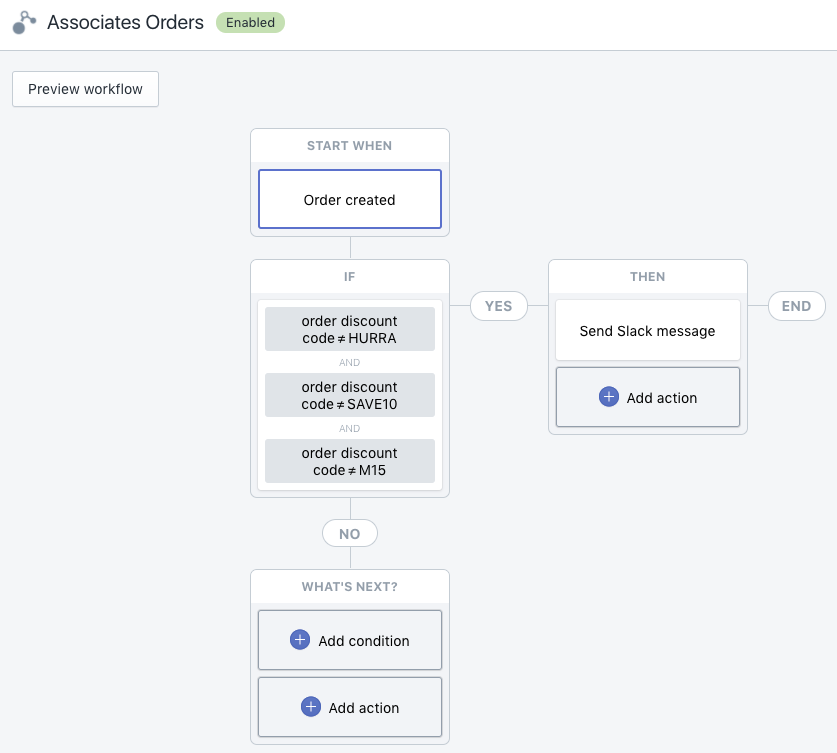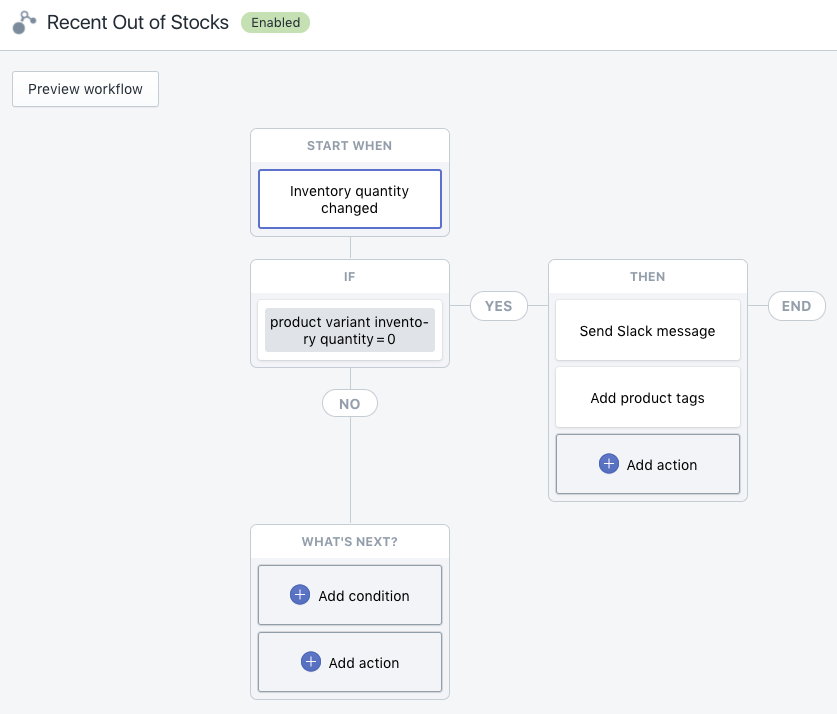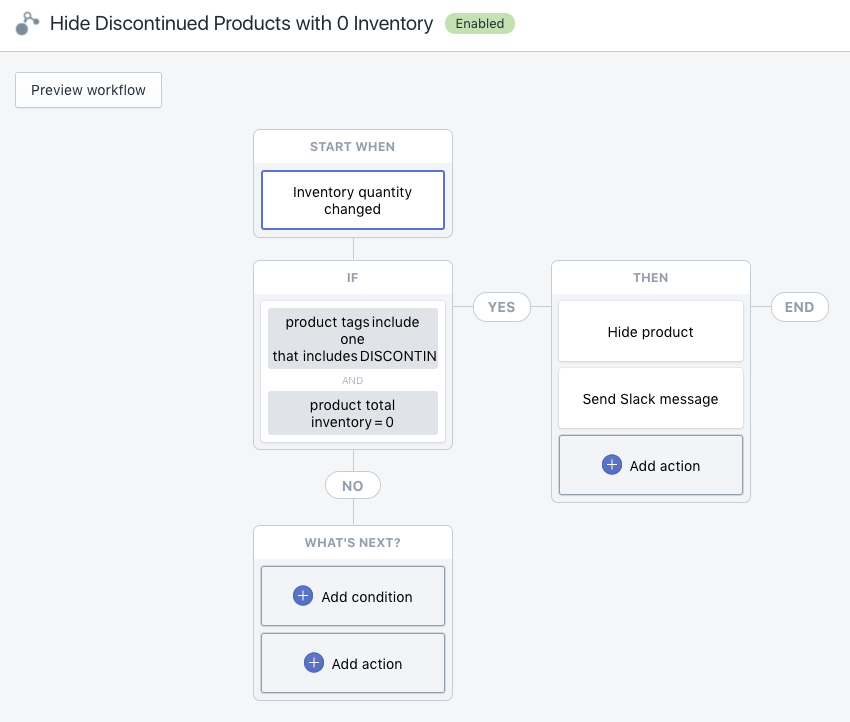For Julio Giannotti — web manager at Interline, the parent company of home furnishing brands like SCANDIS and Dania Furniture — he and his team want to analyze every inch of their business … including order cancellations and refunds, as well as the reasons behind them.
Until recently, quickly identifying exactly why an order was canceled or refunded was at times, like searching for a needle in a haystack.
“It could be really difficult to pinpoint,” Giannotti says.
Getting answers and creating a report for the team to review was a time-consuming manual process. It required a team member going through each and every order that day, identifying only those that had been canceled or refunded, and entering the data into a spreadsheet for review by the team who then together spent more time trying to determine what prompted the refunds:
“It could take a good amount of time to make up these reports. If you have a small web team, like we do, other areas of your site may suffer and don’t get the attention they deserve.”
But what if the entire process could be automated?
Initially, it didn’t seem possible for this 50-year-old family business that was launching its first ecommerce site, SCANDIS.com.
Or was it …
The Digital Cannibal?
One of Interline’s brands, Dania Furniture had been online for nearly 20 years with a catalog-style site directing customers to brick-and-mortar stores.

Recently, it transitioned to a true omni-channel business. One unique challenge the ecommerce teams at SCANDIS and Dania Furniture was to continue to reward retail sales associates with commissions when they work with a customer in-store who ultimately makes their purchase online.
“There were concerns from the field when we launched our ecommerce sites,” Giannotti says. “The sales teams worried that online sales would take sales away from the retail stores.”
Turns out the sales teams are now making more money than ever!
You see, managing what will ultimately be three ecommerce sites has kept to-do lists for Giannotti and his team of three quite full. The trio is responsible for everything: running reports, tracking inventory, and attractively merchandising each of the stores to drive sales:
“These are routine, repetitive processes that take a lot of time. We would prefer to focus our limited manpower on areas of the business such as customer experience and merchandising.”
That led Interline to begin using Flow, an ecommerce automation platform that allows Shopify merchants to customize unique backend business workflows and simplify processes, so they can focus on higher value tasks that drive growth.
Ecommerce automation is here …
Shopify Flow is the first ecommerce automation platform that reduces manual tasks, redundancies, and risk.
With just a few clicks and without any coding, merchants can put many of the repetitive, manual, and time-consuming tasks on autopilot. Flow positions merchants to get more done by simplifying tasks, driving efficiency, and experimenting for growth.
Already on Shopify? Install Flow today
Since launching its first two ecommerce stores and automating a half-dozen backend workflows, Interline has been experiencing month over month sales increases of 30%. In fact, 65% of the company’s online sales are originating from areas without a retail location.
“It has been absolutely fantastic because these are incremental sales,” Giannotti says. “Flow is helping us best manage growth.”
Specifically, Flow is helping Giannotti instantly produce those refund reports his team feels are crucial. It’s also turning any concerns sales associates had about ecommerce and automation into bigger commission checks by driving new sales in a merged digital-physical sales environment.
In peeling back the automation curtain at Interline, you’ll likely see workflow automation ideas you can implement in just a few clicks for your business, and begin saving time and money too.
Flow: Behind the Scenes

Part of Interline’s accelerated online growth, according to Giannotti, is due to the ecommerce automation software that allows the small team to be significantly more efficient and productive than they otherwise might. Specifically, Giannotti has used Flow to create six key automated workflows:
Workflow 1: Refund Automation
Those time-consuming refund reports are now relics of the past. Instead of manually slogging through each day’s orders, identifying those that have been canceled or refunded, and compiling a spreadsheet for the team to review later, Flow identifies refunds and cancellations the moment they occur, instantly publishes details in a dedicated Slack channel, and initiates the refund process with the customer.
- Interline estimates it saves approximately an hour a day by not compiling refund and cancellation reports manually anymore

“Flow offers real-time visibility and a repository housing refund data we can use to quickly identify exactly why orders are being canceled,” Giannotti says. “We have all the answers right there in front of us and no longer need to run reports, which frees us up to do other important tasks.”
Workflow 2: Sales Commission Tracking
Sales associates formerly hesitant about Interline’s digital effort are now being compensated for sales they make in the company’s brick-and-mortar locations and online. For example, let’s say a customer visits a retail location in California and wants to order something for a friend in New York. In the past, Interline’s sales associates would tell shoppers it wasn’t possible and lose the sales opportunity.
However, today Interline uses Flow and Refersion, a leader in affiliate tracking software, so sales associates in brick-and-mortar stores can place orders online and still earn commissions.
When a sales associate who has been tagged by Refersion places an online order, Flow immediately recognizes it as an order placed by an employee, rather than a customer, and sends a Slack message to a dedicated channel where Giannotti can easily track commissions in real time.
- 25% of Interline’s online sales are now placed by in-store sales associates
As order volume increases, this workflow frees up Giannotti from looking through each order on his Shopify dashboard to determine whether or not it was placed by an employee.
With Flow, the pertinent data is delivered to a single Slack channel:

“It automatically allows our sales associates to earn commissions in the digital and physical worlds,” Giannotti says. “The dedicated Slack channel that Flow updates gives me the visibility I need to track commissions and cross the data with Refersion to ensure employees are being paid appropriately.”
Workflow 3: Automated Employee Discounts
To ensure employees receive the same discount on purchases online as they do in stores, Giannotti and his team use Flow to automate the process, and simultaneously serve as a check and balance against abuse.
Here’s how it works:
- Employees sign up for the discount using a work email address
- Flow tags employee emails to create a unique customer group
- When Flow recognizes it’s an employee checking out, Shopify Payment Scripts are activated and the employee’s cart is automatically discounted appropriately
- Employee orders are automatically delivered to a dedicated Slack channel, so Giannotti can ensure employees are buying only for themselves and not for others

Workflow 4: Automated “Out of Stock” Identification
Instead of opening the Shopify dashboard and manually scrolling through each of Interline’s 1,500 SKUs per site to identify which items are no longer in stock, Giannotti uses Flow to automate the process and track inventory in real time.
For instance, when an item’s inventory count reaches zero, Flow automatically adds an “out of stock” tag to the product and sends a message to a dedicated Slack channel that instantly shows Giannotti which products are out of stock.

“We no longer have to search product by product because it’s all right there,” Giannotti says. “It helps us better visually merchandise the site so we’re not leading with products we don’t currently have in stock.”
Workflows 5 & 6: Discontinued Stock & Site Automation
Customer taste can change quickly, suppliers can go out of business, and other variables can impact whether merchants discontinue certain products.
So, when Interline decides to discontinue a particular product, Giannotti uses Flow to assign the product a “discontinued” tag. When the inventory count falls to zero for a product with a “discontinued” tag, Flow automatically unpublishes it from the site and sends Giannotti a message to a dedicated Slack channel.

Conversely, should a product with a “discontinued” tag be returned or be unexpectedly found in one of Interline’s warehouses, the item’s inventory count becomes greater than zero and Flow automatically republishes the item online so it can be sold.
“We have a lot of SKUs and used to have to look up the tags, cross check the items with inventory counts, and manually publish or unpublish,” Giannotti says. “With Flow, everything is automated which is very important for our business and allows us to offer a better customer experience since all of the merchandise on our sites are up-to-date in real time.”
With the help of Flow, Interline has gone from ecommerce launch to autopilot, in key areas, in seemingly record time.

So, with two of its ecommerce brands up-and-running, what’s the plan for launching the ecommerce division of its third brand, Scandinavian Designs?
Double Your Staff … For Free
Ecommerce success has provided Interline with experience in rapid growth. With the expectation of sizable expansion as the third brand comes online, priority is on making sure fulfillment procedures are completely ready.
But that hasn’t stopped the Interline team from imagining new ways to use Flow to automate other repetitive tasks.
“I’m really excited about Flow and we’re constantly asking, ‘Can this be a flow? Can that?’ When you automate tasks it’s like doubling your staff without any additional cost.”
Rather than fearing that automation might one day replace them, Giannotti explains Interline employees are embracing it and enthusiastically looking for opportunities to automate some of the more mundane parts of their jobs, so they can spend more time on growth initiatives that can be significantly more rewarding to them and the company.

“The more you automate with tools like Flow,” says Giannotti, “the more money a business can make. It’s an exciting time and we see a lot of opportunity with Flow. The more we use Flow, the better off we’re going to be tackling the more important parts of our growing business.”
Read more
- How This Lifeguard is Disrupting Women’s Athletic Swimwear
- How a Wilted Bouquet Sparked a Romance & Business That Delivers Roses That Last All Year
- rockflowerpaper Saved $200K Per Year Switching from Symphony Commerce
- How Two Military Wives Grew Their Remote Manufacturing Company 1,273%
- How Leesa is Disrupting the Mattress Industry by Shipping Beds in Boxes & Making Richard Branson Proud
- [Case Study] How Lauren James Co. Used Shopify Plus to Rapidly Grow Brand Awareness & Sales
- At $15M in Sales, Red Dress Boutique Saves $100K & Grew Double Digits YoY
- Want to Get on Shark Tank? Shopify Plus Merchants Share How to Be Selected & Kill It Under Pressure
- How Nestlé Is Using Shopify Plus to Target Millennials by Making Adulthood Suck Less
Discover how automation can set you free
To find out how Shopify Flow can help you grow bigger, faster and experience the future of scaling your ecommerce organization …
Already on Shopify? Install Flow now





